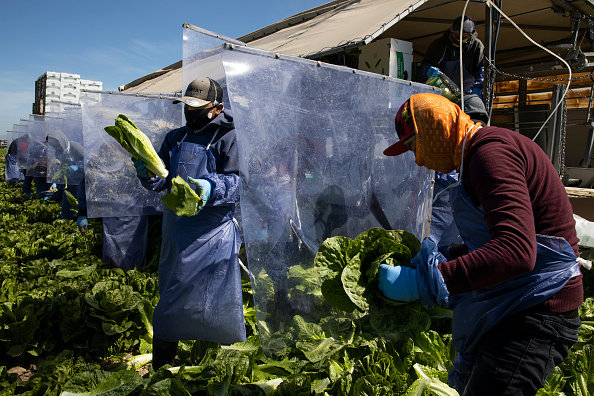There’s been a boom in H-2A workers the last 5 years—and there’s about to be a boom in their wages, too.
Many H-2A nonimmigrant agricultural workers will be receiving a significant pay raise in 2022, according to the recently published 2022 Adverse Effects Wage Rates (AEWR) from the Department of Labor.
Some background: The H-2A program is a method for ag employers to legally hire foreign laborers. The AEWR sets the minimum rate employers must pay H-2A workers, with state or collectively bargained wages superseding this minimum if they are higher. Essentially, whichever law has the highest pay rates, H-2A workers are entitled to that.
Since 2017, the national AEWR has gone up a whopping 28% with individual states rising even higher. Some notable cases are a 39% increase in California, and 42% increases in Utah, Colorado, and Nevada.
By the numbers: In 2021 there were over 317,000 certified positions to be filled by H-2A workers, up more than 3 times from the 100,000 certified in 2013. This represents a year-over-year increase of 15.3% from 2021 to 2022.
Not everyone’s excited: The wage increases have come with opposition—increased labor costs can mean tighter margins. In November 2020, the Trump administration placed a wage freeze on H-2A workers, locking pay at 2019 levels, but the freeze was overturned this past December.
Econ 101: According to the National Council of Agricultural Employers President and CEO, Michael Marsh, farmers can’t just pass on higher expenses to consumers. He feels politicians and the public don’t understand that large wage increases for ag workers are met by only small increases in consumer prices: yields that don’t necessarily find their way back into farmers’ pockets.

